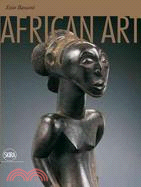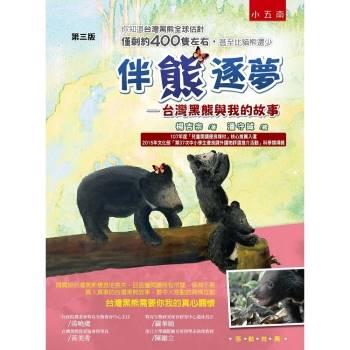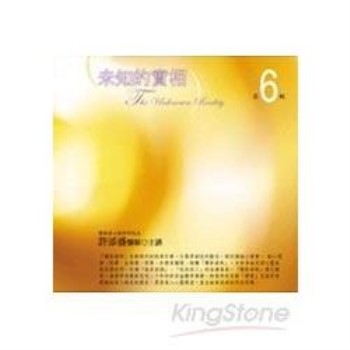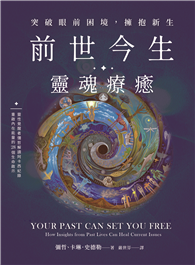An illustrated study of African traditional figurative arts that reflects the continent's rich artistic and cultural heritage. The marvelous achievements of African artists over thousands of years are revealed in this book. The artworks range in date from the beginning of the first millennium all the way through the early twentieth century.
Sculpture is the chief means through which the earliest African artists expressed themselves. The human figure, evocative of real or symbolic key people in the community or entities facilitating contact with the supernatural, is almost exclusively the subject matter. This vast world of African sculpture is the result of an evolutionary process based on a rich history and a diversity that derive from a seriesof migrations, wars, and alliances.
During the last century, the African continent has experienced radical social, political, economic, and religious transformations. Inevitably, this has brought about a change in Africa's expressive forms, which retain fewer and fewer ties with those of the past.
The aim of this work is to exhaustively present the traditional figurative arts of Africa and to concisely explain their distinguishing historical, formal, symbolic, and functional characteristics.
Table of Contents: Introduction; African sculpture history and dating; Attribution; Cultures of Sudan; Cultures of Mali; Cultures of Nigeria; Afro-Portuguese and hybrid ivories; Everyday objects; Variety and purpose; Different solutions; Bibliography












